Sierra Lodgepole PinePinus contorta murrayana
landscapeconiferdrought tolerantbonsaicold tolerantevergreendeer resistantwestern nativeornamentalpotswesternnative
Height: 30' average mature height Hardiness Zones: 3-8 Find my zone Aspect: afternoon shade to full sun
This plant can't be shipped to California, Hawaii, Montana
Size Availability
The Sierra Lodgepole Pine grows mostly throughout the Cascade Range in Oregon with populations throughout the mountains of California as far south as the Sierra Range. The Sierra Lodgepole develops a tall, straight trunk with a narrow branch habit and deep roots. Trees are extremely wind and snow tolerant and are hardy to -50 degrees, allowing them to survive at extremely high elevations in semi-alpine conditions. In the Cascade mountains around our nursery Lodgepole Pines are one of the predominant pine species and are often mixed with Mountain Hemlock at the upper limit of the tree line near the tops of the mountains. The only other pines that can consistently grow higher than them are the Whitebark Pine in Oregon and the Foxtail Pine in California.
Out of season.
Our main crop of most plants is available starting in late fall.
Additional batches of plugs and quarts are usually added in May.
Many of our plants are propagated in limited quantities and can sell out quickly when posted, get on the notification list below so you don't miss out. Add your email to be notified as soon as we have them back in stock:
This does NOT subscribe your email to any mailing lists, our system will only send an inventory notification message.
In the landscape Sierra Lodgepoles are popular for their dark green color and dense branching habit, it is also one of the best pines for creating a tall privacy hedge. They are also very popular for bonsai with short needles and lots of stocky branches that develop a thick diameter quickly. Lodgepole Pines do best in well drained soil and don't like to be over-watered during the summer.
Adaptation to fire
Unlike most conifers, Lodgepole Pines don't drop their seeds every year but store them so they can be released after a fire. The scales on the cones remain sealed shut to hold the seeds in until the heat from a fire triggers the cones to open over the next few months. This adaptation allows many years' worth of seed to be stored and protected until after the forest is cleared in a fire so that millions of pine seeds can drop into an environment with almost no competition. The unprotected seeds of most other species will usually perish in the heat and so pure stands of Lodgepole Pines will quickly fill in after a fire. For this reason most Lodgepole Pines in a forest will be of an identical age and will all be roughly the same size. However, since almost no new trees will germinate until the next fire most of the Lodgepoles are slowly replaced by other conifers.
The many subspecies of the Lodgepole Pine The Lodgepole Pine has several distinct subspecies from its different primary ranges. The Sierra Lodgepole, Pinus contorta sub. murrayana, is native from the southern end of Washington in the Cascade Volcano Range through Oregon and to the Sierra Range in California. There is also a small, shrubby form native to the coast along the Pacific Ocean with the form P. contorta sub. contorta growing in Oregon and Washington and P. contorta sub. bolanderi growing along the coast in northern California. The most wide-spread subspecies is the Rocky Mountain Lodgepole P. contorta sub. latifolia which grows from Canada to Colorado. 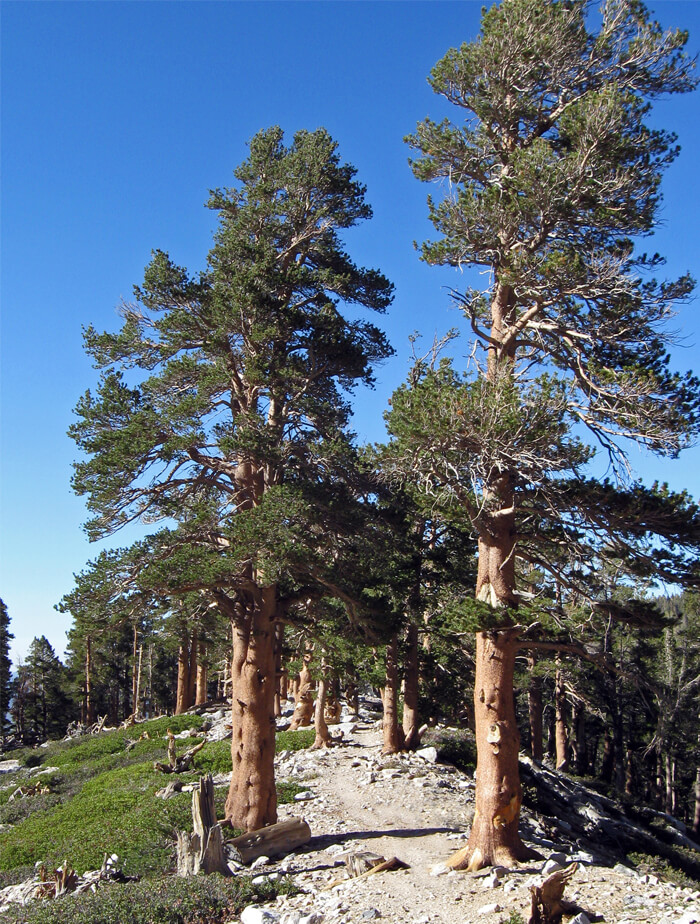 Large Sierra Lodgepoles on a granite ridge
Source: Commons.
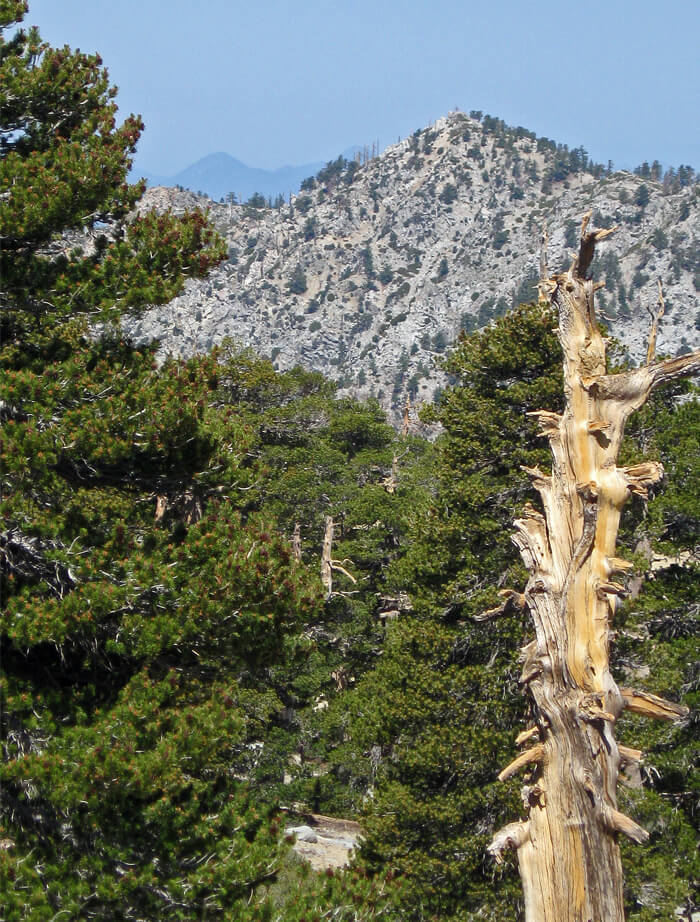 High elevation Sierra Lodgepoles
Source: Commons.
 Open forests of Lodgepole pines
Source: Commons.
 Trees growing along a mountain creek
Source: Commons.
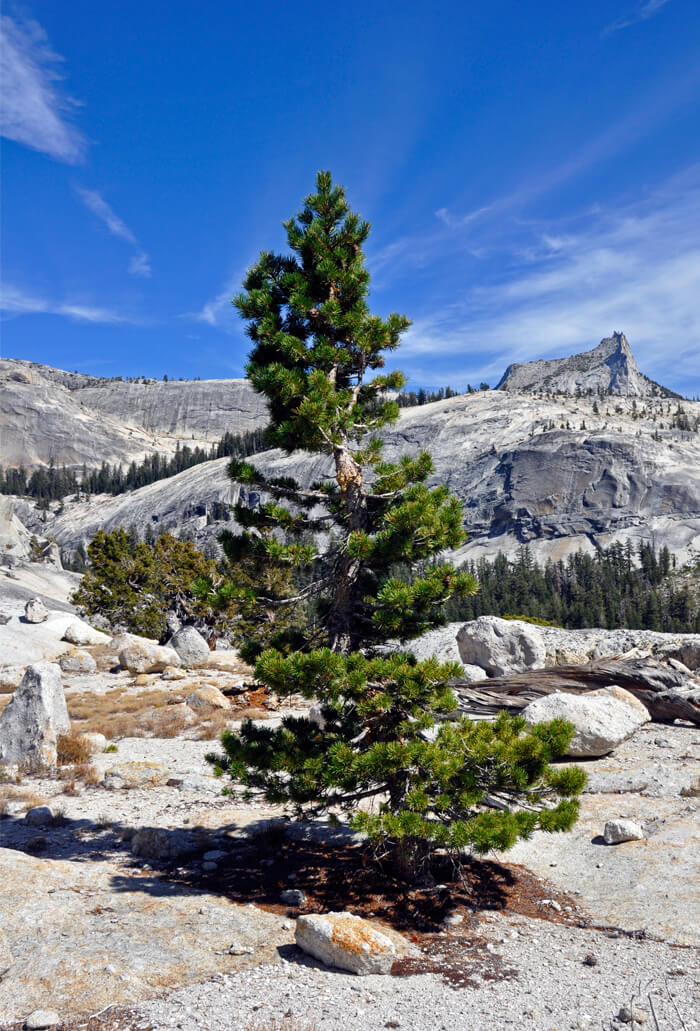 Lone trees growing at extreme alpine elevations
Source: Commons.
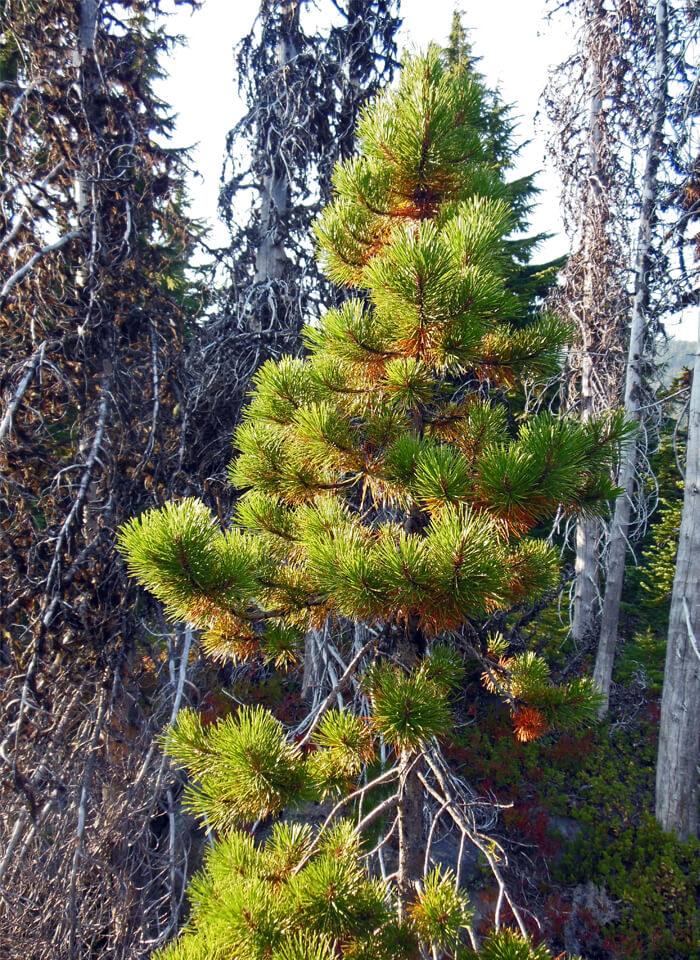 A young tree growing in a lower elevation forest
Source: Commons.
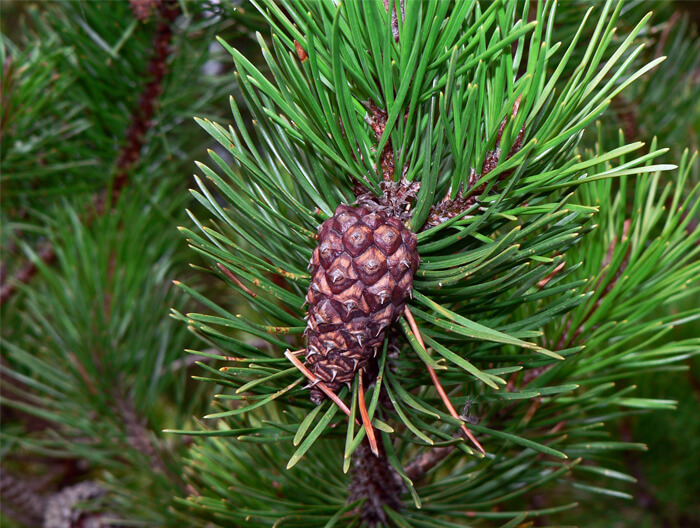 Close up of a seed cone - these only drop their seeds after a fire
Source: Commons.
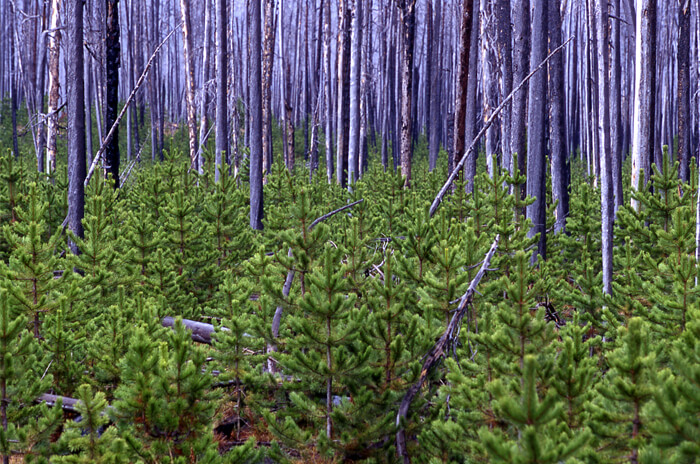 A forest of lodgepole seedlings quickly re-forming a forest after a fire
Source: Commons.
Packing Plants For ShippingMost of our plants are shipped bare root while they are dormant from late November through April and ship via the U.S. Postal Service. Bamboo plants can be shipped in their containers year-round by UPS.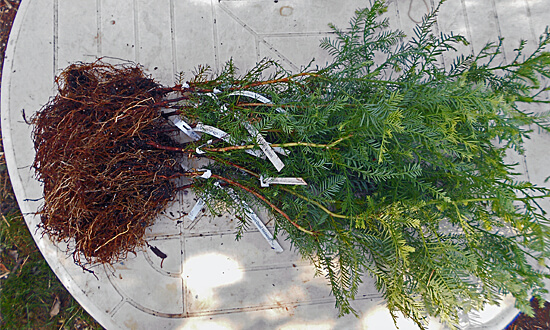 Bare root plants are soaked and wrapped together in bundles. ictured are 10x 24 inch tall Coast Redwoods. 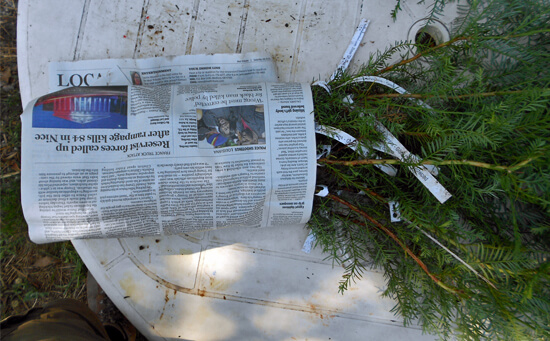 The bundled plants are wrapped in paper and labeled by variety. 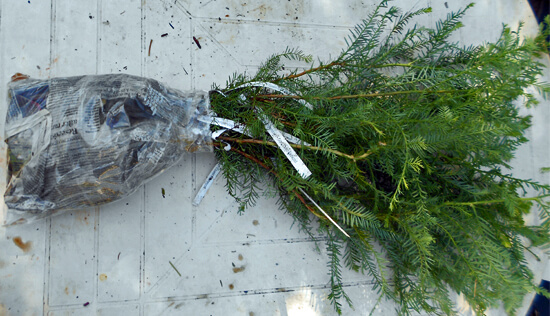 The bundle is wetted and bagged. 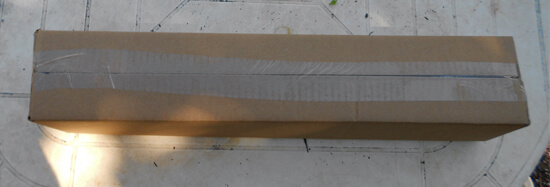 Bundles of plants are secured in long boxes. Pruning and Plant SizesWe prune both the tops and the roots of our plants at least once per year while they are growing in our nursery to ensure they develop a strong, dense form. Regular annual pruning goes a long way to ensure a healthy branching structure and this is often a missed step in many nurseries. Pruning a plant back hard after it has been neglected pruning-wise often results in an irregular branch habit or multiple leaders so we prune early and regularly instead. We also prune the roots of our plants while they are dormant which causes them to produce a much more branched structure and helps to elimate tangled masses that hinder future development. Plants that have been root pruned establish themselves much more quickly than root bound plants. Generally, hardwood plants will be pruned in the winter and conifers will be pruned in the summer.Before shipping plants we prune the tops and roots one last time. Conifers will usually have very little pruning except to balance out long branches. Shrubs are usually pruned to around 1-2 feet tall to encourage low branch development and small to medium sized trees are usually pruned to around 36-40 inches. Pruning trees at this height encourages dominant branches to begin forming around 3 feet from the ground which typically looks the best in most situations. However, if you want a tree to have branching start higher (some city codes require trees to not branch below 4 feet) we have longer boxes available. To request taller trees please contact us at least three days before your ship date. Depending on your location and the shipping routes there may be a fee for oversize package handling (usually about $15 for a 60 inch box). 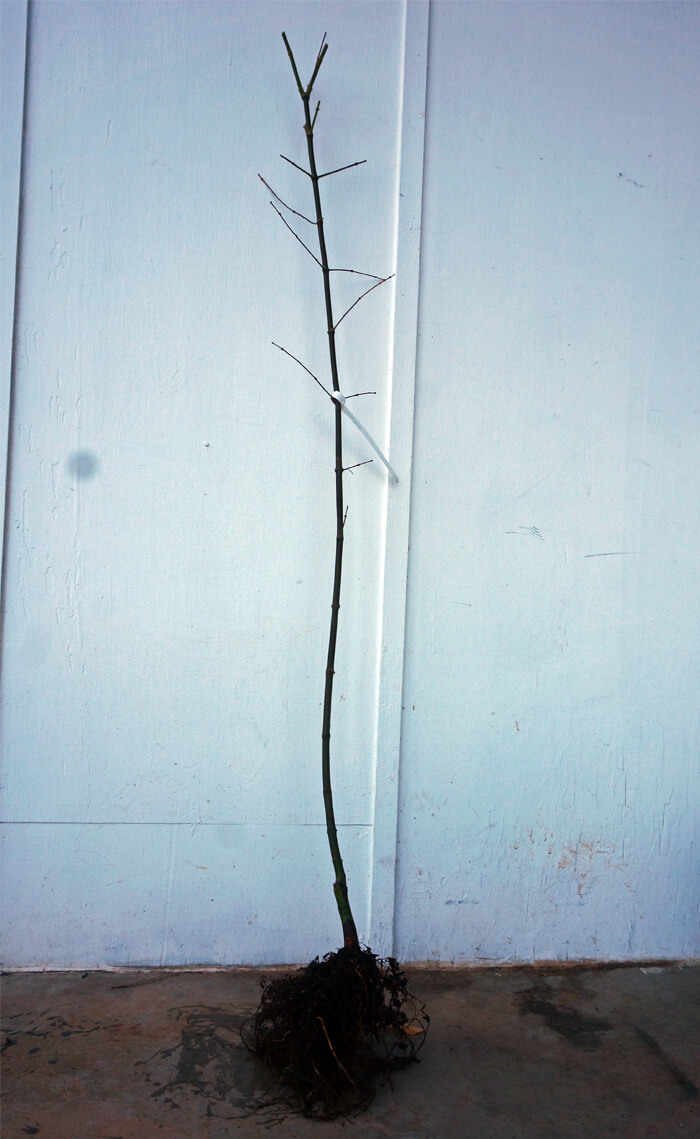 Tall trees (Oaks, Ginkgo, large Maples, etc.) are pruned to 40 inches to encourage crown development from about 36 inches and up 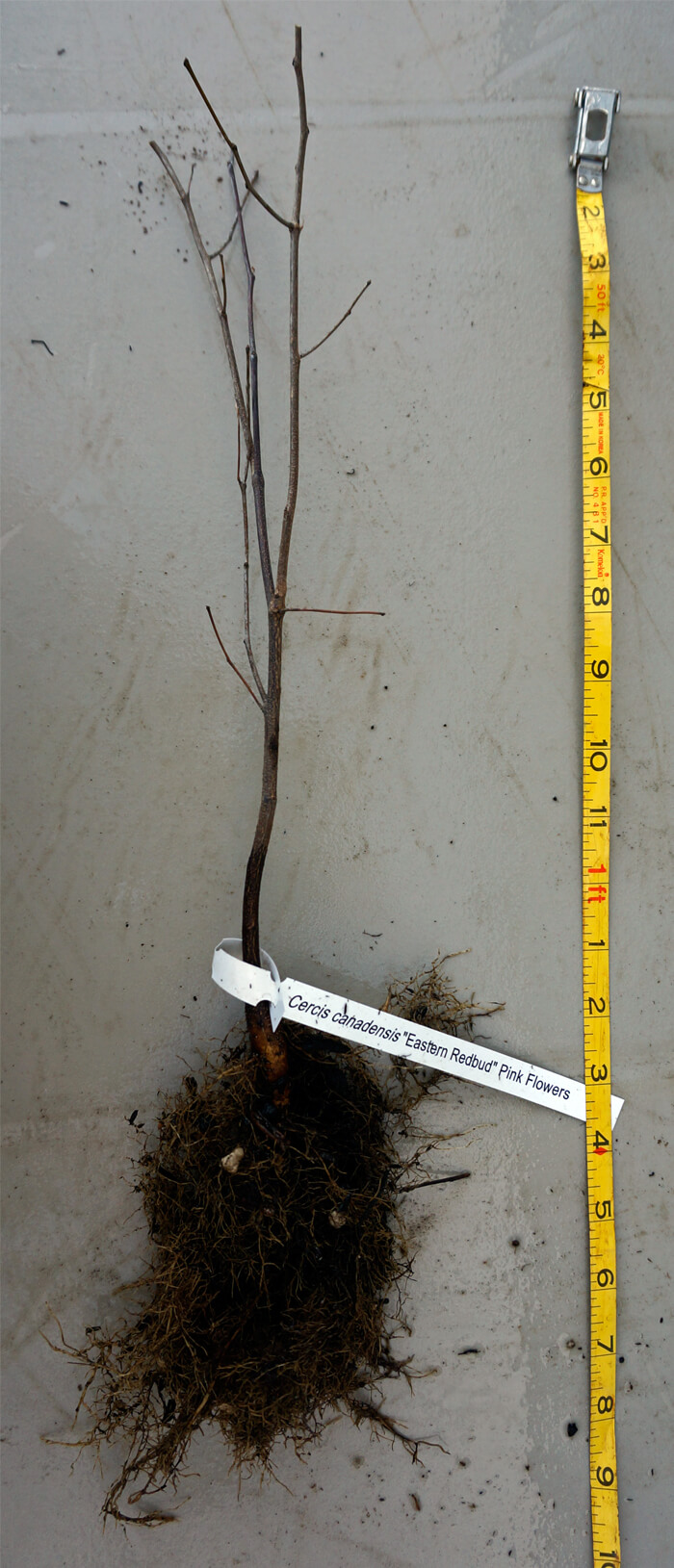 Small and medium trees (short Maples, Redbuds, Stewartia, etc.) are pruned 10-20 inches above the prune line from last year 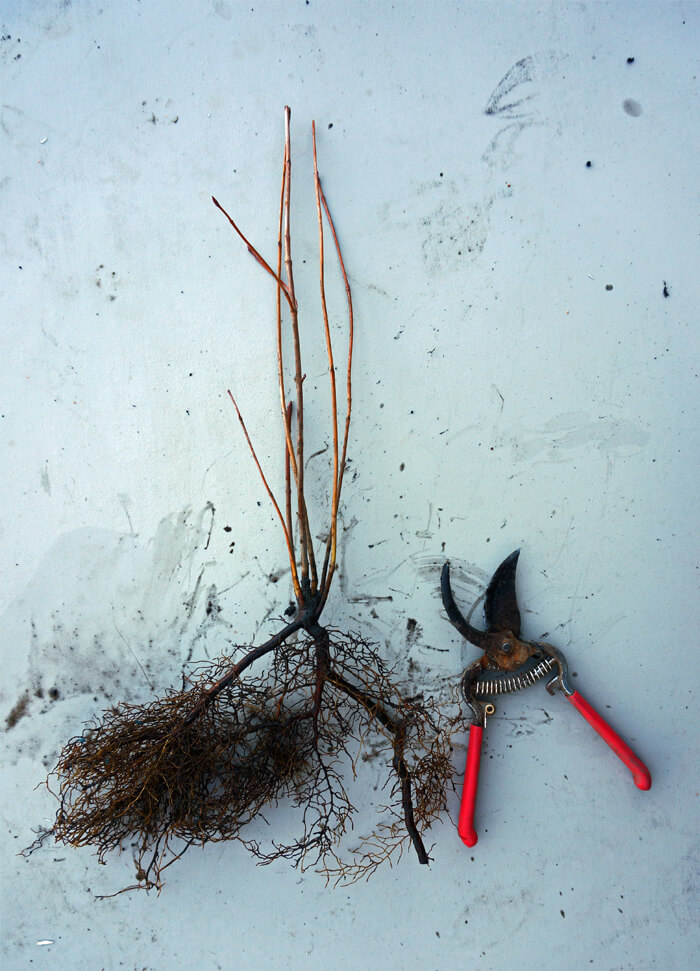 Shrubs (Weigela, Hydrangea, Viburnum, etc.) are pruned to 18 inches tall and root pruned one last time 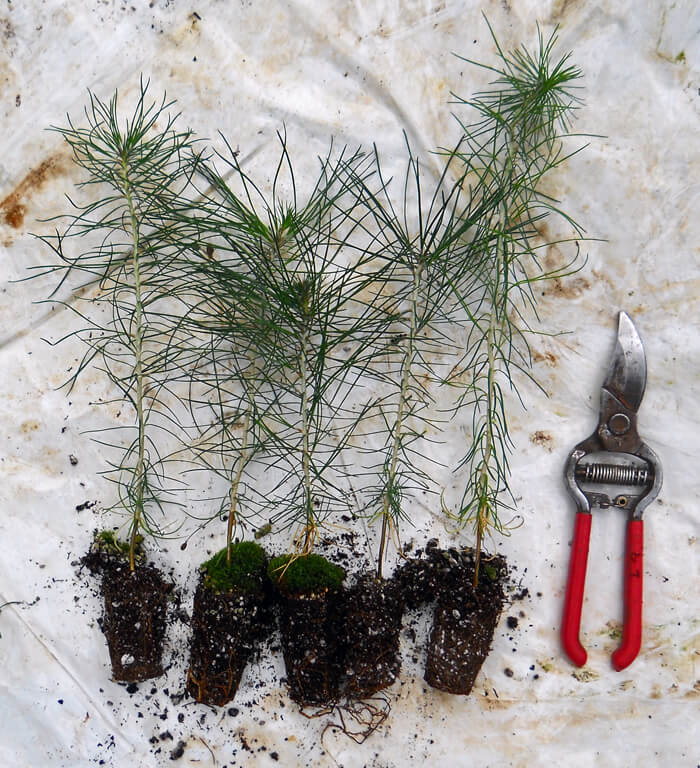 Small plug size Bamboo Plants Are Shipped In Their ContainersBamboo roots are not flexible and so plants have to be shipped in their containers. These plants are heavier and are shipped separately from bare root plants. Because they are potted they can handle longer transit times so can ship via UPS Ground instead of USPS Air Mail. Potted plants can also be shipped year-round.We regularly top our 1 gallon bamboo plants at 24-30 inches tall throughout the growing season. This results in dense, bushy foliage while allowing for economical shipping. From this size most running species will grow to 5-6 feet tall in the first spring and clumping species will usually grow to 4-5 feet tall.  1 gallon bamboo plants strapped in and ready to be sealed. Unpacking Bare Root PlantsYou will be sent tracking details as soon as your plants are shipped. Unpack your plants as quickly as possible after they are delivered. We use two types of boxes, side-sealing and top-sealing. For boxes that are taped along the whole length you can cut the tape on either side and remove the plant bundles by cutting the tape holding the bundle to the bottom. For boxes that are sealed on the top and bottom, it is easiet to open the bottom of the box (the shipping label is at the top) and pull the bundle of plants out straight out. Check that the box is empty as there can be a second bundle of plants stuck towards the top.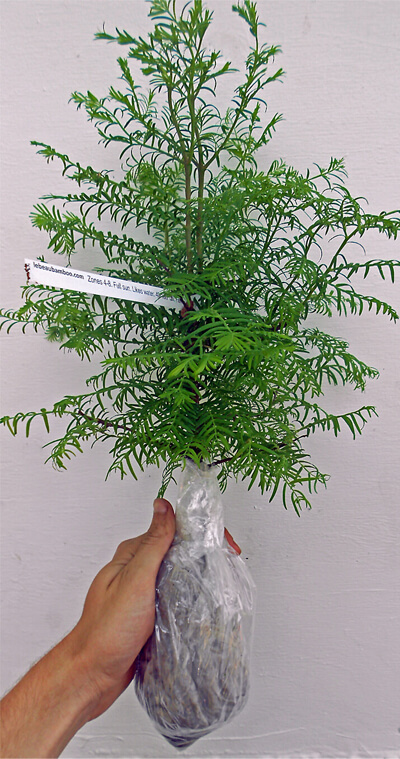 A bundle of trees. What if I am not able to plant right away?You can usually leave the plants in their shipping container unopened for 1-2 days if there were no shipping delays and you have received your plants from late November through February. Plants shipped when it is warmer can't stay in their packages for as long. |
Size Availability
Out of season.
Our main crop of most plants is available starting in late fall.
Additional batches of plugs and quarts are usually added in May.
Many of our plants are propagated in limited quantities and can sell out quickly when posted, get on the notification list below so you don't miss out. Add your email to be notified as soon as we have them back in stock:
This does NOT subscribe your email to any mailing lists, our system will only send an inventory notification message.
|

